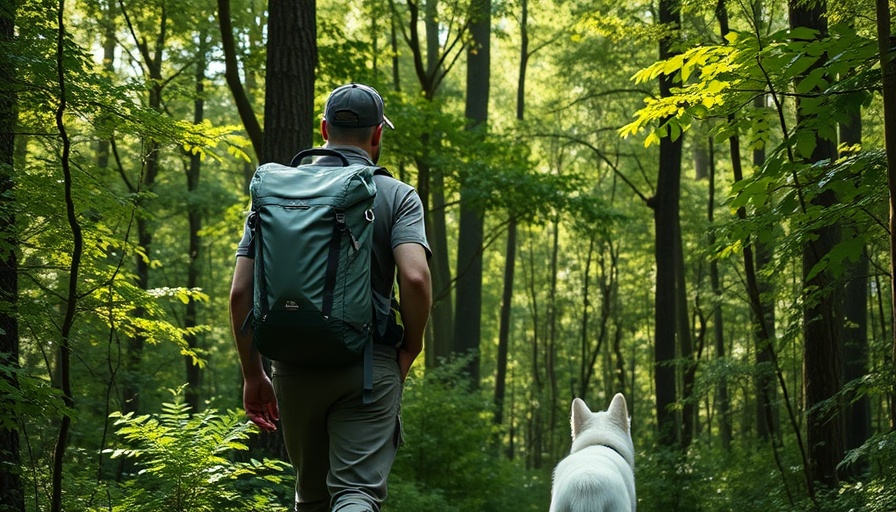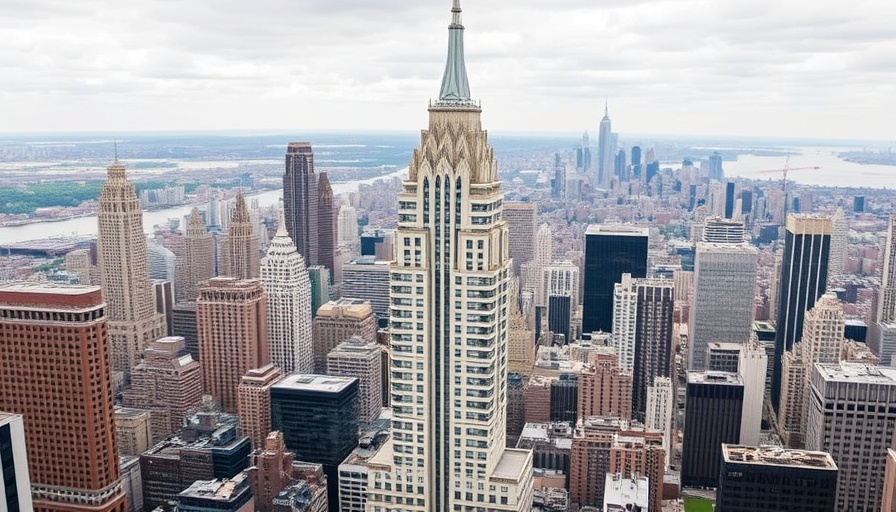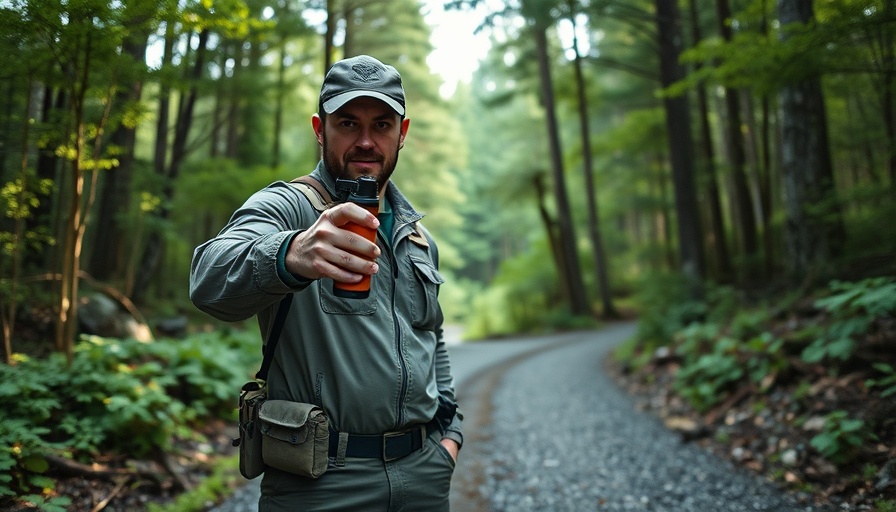
Understanding the Impact of New Tariffs on Ultralight Gear
As the government implements sweeping tariffs impacting over 87 nations, including all European Union members, small outdoor brands are grappling with rising manufacturing costs. These tariffs, which can range from 10% to as much as 70%, are creating turbulence in the ultralight backpacking gear industry—a sector largely supported by cottage brands. As Julianne Mahoney, the founder of Wild Brush, stresses, these companies will have no choice but to raise prices to remain afloat. This situation raises a crucial question: how will consumers react if outdoor gear becomes unaffordable?
Why Growing Prices Matter for Backpackers
Backpacking is not just a hobby; it's a lifestyle for many. The idea of going outdoors with lightweight gear has been increasingly appealing, especially as many seek sustainable adventures. However, as brands like Durston indicate, relying on international suppliers means that the quality and availability of materials are vulnerable to tariffs. This could lead to fewer selections and diminished accessibility for outdoor enthusiasts.
Potential Solutions in a Tough Market
Many of the brands are considering tough decisions amongst rising costs. While some may stop working with particular suppliers, others might explore production options that could reduce overall costs. The industry is rooted in innovation, and brands are exploring new materials and productions methods to adapt. For consumers, understanding these dynamics will be crucial to making informed purchasing decisions in the coming months.
Looking Ahead: The Future of Backpacking Gear Pricing
As these tariffs push expenses higher, outdoor enthusiasts need to consider the long-term implications. With the potential for significant price increases, many might need to reevaluate how they spend on gear. This change can impact their overall experience and willingness to invest in new favorite hiking tools. Therefore, it’s essential for consumers to stay engaged with the brands they trust, as many companies will need to communicate openly about pricing changes.
In a world where prices for outdoor gear are likely to rise, supporting local brands and understanding the supply chain’s intricacies could help keep the adventure alive.
 Add Row
Add Row  Add
Add 




 Add Row
Add Row  Add
Add 

Write A Comment